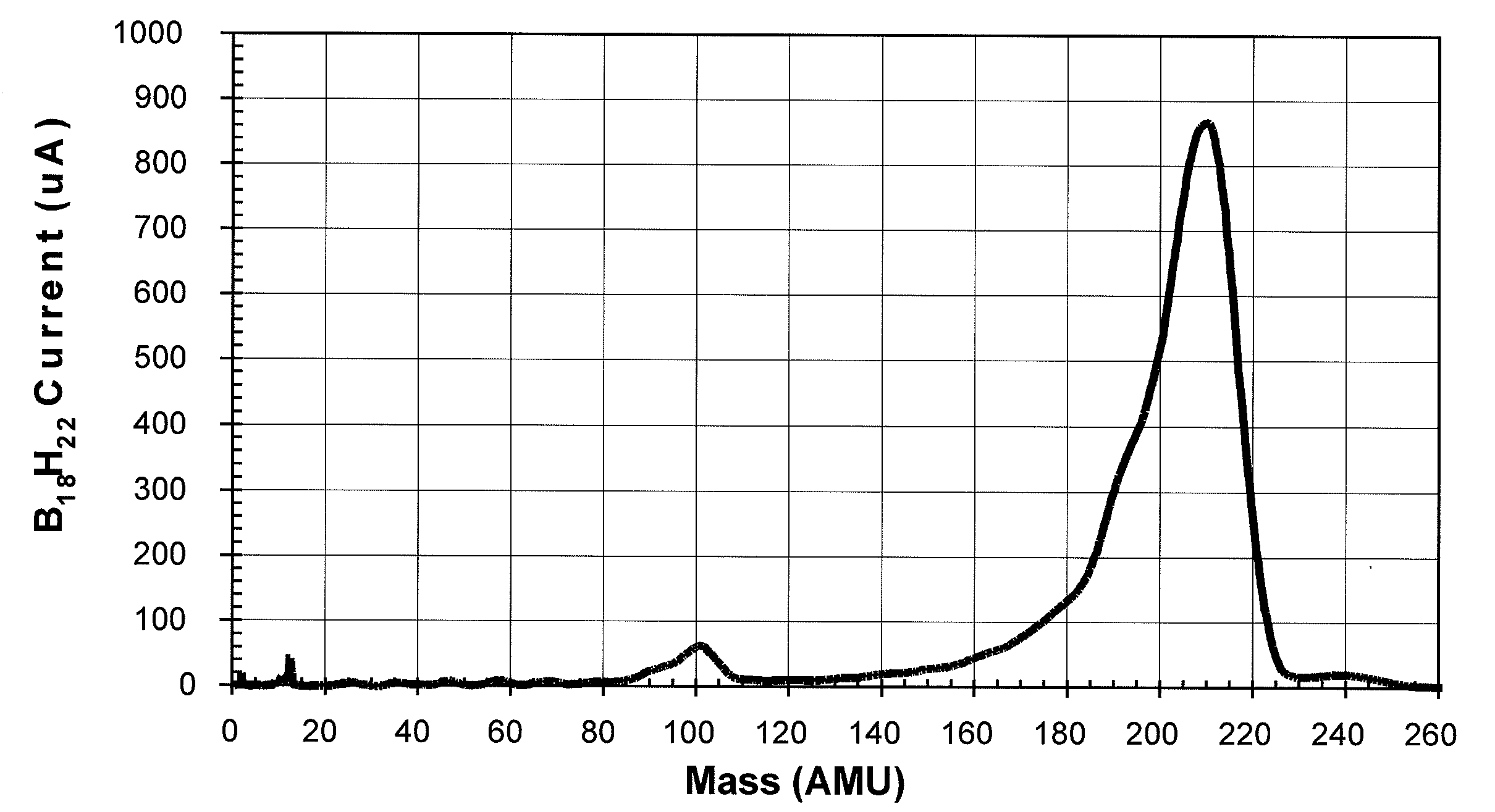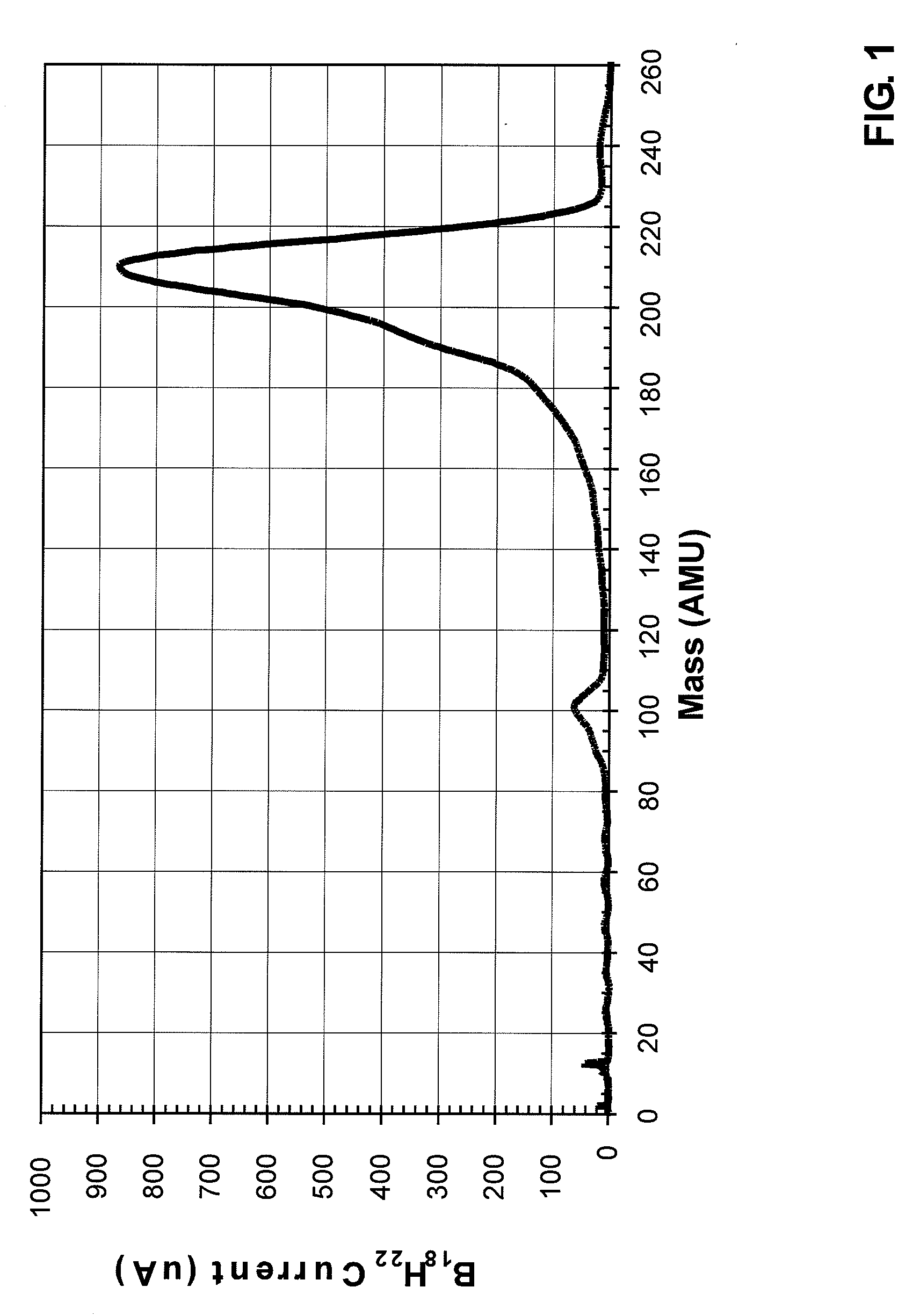Cluster ion implantation for defect engineering
a technology of defect engineering and cluster ion, which is applied in the direction of basic electric elements, electrical equipment, electric discharge tubes, etc., can solve the problems of crystal damage, electron energy loss, energy (velocity), etc., and achieve the effect of effectively controlling, reducing b diffusion, and easy annealing ou
- Summary
- Abstract
- Description
- Claims
- Application Information
AI Technical Summary
Benefits of technology
Problems solved by technology
Method used
Image
Examples
Embodiment Construction
Cluster Ion Technology
[0074]The present invention to a method of semiconductor manufacturing in which doping is accomplished by the implantation of ion beams formed from ionized molecules, and more particularly to a method in which molecular and cluster dopant ions are implanted into a substrate with and without a co-implant of non-dopant cluster ion, such as a carbon cluster ion, wherein the dopant ion is implanted into the amorphous layer created by the co-implant in order to reduce defects in the crystalline structure, thus reducing the leakage current and improving performance of the semiconductor junctions. In particular, a new implant technology has been developed as an alternative for low energy boron implant. The concept of this technology is to use a molecular ion which contains many boron atoms to avoid the fundamental issues with conventional ion implantation of low energy boron. A new chemical, octadecaborane B18H22, may used as the source of this molecule, boron cluster...
PUM
 Login to View More
Login to View More Abstract
Description
Claims
Application Information
 Login to View More
Login to View More - R&D
- Intellectual Property
- Life Sciences
- Materials
- Tech Scout
- Unparalleled Data Quality
- Higher Quality Content
- 60% Fewer Hallucinations
Browse by: Latest US Patents, China's latest patents, Technical Efficacy Thesaurus, Application Domain, Technology Topic, Popular Technical Reports.
© 2025 PatSnap. All rights reserved.Legal|Privacy policy|Modern Slavery Act Transparency Statement|Sitemap|About US| Contact US: help@patsnap.com



